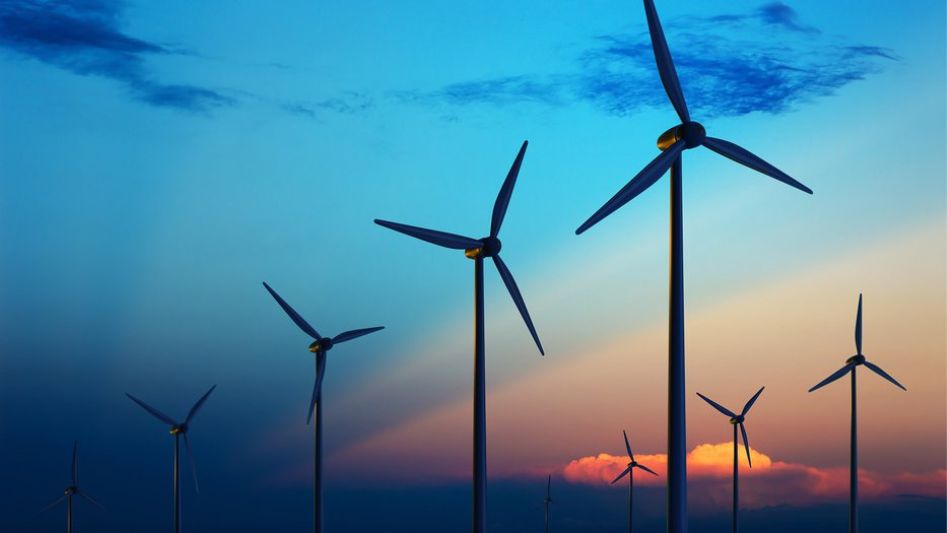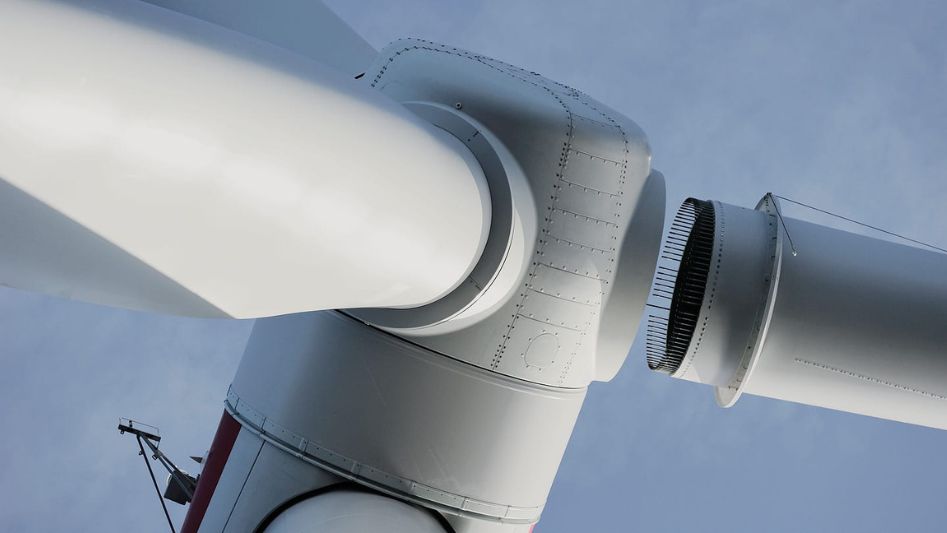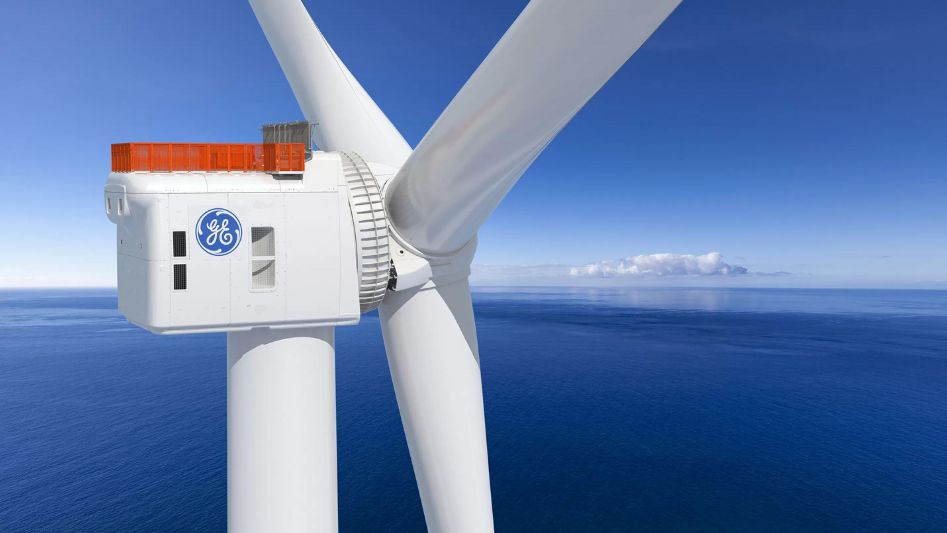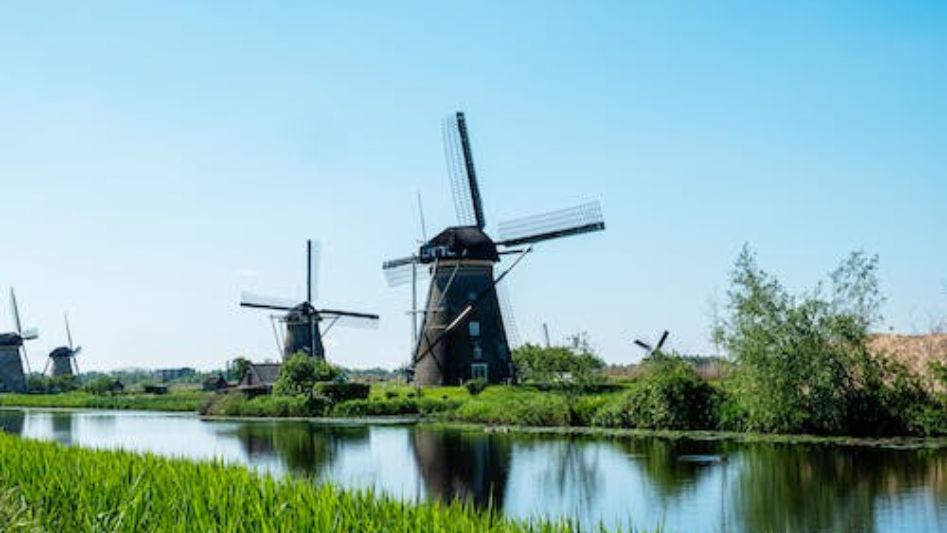Wind energy has become an increasingly important source of renewable energy in recent years, with wind turbines becoming a common sight in many parts of the world. Wind turbine technology has undergone significant advancements over the years, with improvements in efficiency, reliability, and cost-effectiveness. In this article, we’ll take a closer look at the past, present, and future of wind turbine technology.
Table Of Content
We invite you to read: “Improving Wind Turbine Efficiency through Aerospace Technology”

Past: Early Wind Turbine Technology
The earliest wind turbines were simple machines that used wind power to turn a rotor, which was connected to a generator to produce electricity. These early wind turbines were relatively small, and were often used to power water pumps or grain mills in rural areas.
In the 1970s and 1980s, wind turbines began to be used for electricity generation on a larger scale, with the development of horizontal-axis wind turbines (HAWTs). These turbines had three blades, and were mounted on tall towers to capture the stronger winds found at higher altitudes.
Present: Modern Wind Turbine Technology
Modern wind turbines are much larger and more efficient than their predecessors. Advances in technology have allowed for the development of turbines that can generate up to 8 megawatts (MW) of electricity, enough to power thousands of homes.
One of the key advancements in modern wind turbine technology has been the use of variable speed turbines. These turbines can adjust the speed of their rotors to match the changing wind speeds, which allows for more efficient energy generation and reduces wear and tear on the turbine components.
Another important development has been the use of offshore wind turbines. Offshore turbines can take advantage of stronger and more consistent winds, and can be placed far from populated areas to reduce noise and visual impacts.
We invite you to read: “The Best Floating Multi-Turbine Technology for Wind Farms”

Future: Emerging Wind Turbine Technologies
Researchers and engineers are constantly working on new technologies to improve the efficiency, reliability, and cost-effectiveness of wind turbines. Some of the emerging wind turbine technologies include:
Vertical-axis wind turbines (VAWTs)
These turbines have a different design than traditional HAWTs, with the rotor blades rotating around a vertical axis. VAWTs can be more compact and can work well in areas with fluctuating wind directions.
Floating wind turbines
These turbines are designed to be anchored in deep water, and can be used in areas where traditional fixed offshore turbines are not feasible.
Smart wind turbines
These turbines use sensors and control systems to optimize their performance based on weather conditions, energy demand, and other factors.
Challenges and Opportunities for Wind Turbine Technology
While wind energy has many benefits, there are also challenges that must be addressed. One of the main challenges is the cost of wind energy, which is still higher than that of many conventional sources. Environmental and social impacts are also a concern, particularly with regard to the impact of wind turbines on wildlife and local communities. Integration with energy grids can also be a challenge, as wind power is intermittent and can fluctuate depending on weather conditions.
Despite these challenges, wind energy is poised for continued growth in the coming years. Falling costs,
We invite you to read: “A Closer Look at the Benefits and Limitations of Wind Energy”

Conclusion
Wind turbine technology has come a long way since the early days of wind-powered mills and pumps. With ongoing advancements in technology and a growing demand for renewable energy, wind turbines will continue to play an important role in the global energy mix. As we look to the future, we can expect to see even more innovative and efficient wind turbine technologies emerge.
FAQ
What are the benefits of wind turbine technology?
Wind turbine technology provides a clean and renewable source of energy, reduces reliance on fossil fuels, and has the potential to create jobs and boost local economies.
What are the limitations of wind turbine technology?
Wind turbine technology can be expensive to install and maintain, and there may be environmental and social impacts associated with the construction and operation of wind turbines.
How does wind turbine technology work?
Wind turbine technology works by harnessing the kinetic energy of the wind to turn blades that are connected to a rotor. The rotor then spins a generator to produce electricity.
What are the different types of wind turbines?
The two main types of wind turbines are horizontal-axis and vertical-axis wind turbines. Horizontal-axis turbines are the most common and consist of a rotor that spins horizontally, while vertical-axis turbines have a rotor that spins vertically.
What is the capacity of wind turbines?
Wind turbines come in a range of sizes, from small residential turbines with a capacity of a few kilowatts to large commercial turbines with a capacity of several megawatts.
You May Also Like
- How Wind Energy Can Help Mitigate Climate Change
- Harnessing the Wind: An Introduction to Wind Turbines and Wind Energy
- Renewable Energy 2.0: A Comparison of Hydro and Wind Power Technologies
- The Power of Aerodynamics: Lessons from Wind Turbines and Formula 1 Cars
- Revolutionizing Wind Energy Design: The Power of Computational Fluid Dynamics (CFD)

